What started as a humble 45-cent burger in a small-town Pennsylvania McDonald’s has become one of the world’s most iconic fast food staples. The Big Mac isn’t just a sandwich—it’s a cultural time capsule, revealing how much the world (and our wallets) have changed since the late ’60s. From bell-bottoms to smartphones, economic booms to recessions, the price of this double-decker burger has quietly told its own story. So grab a side of fries and join us as we unwrap the juicy details of the Big Mac’s price tag through every delicious decade.
1. 1960s: Birth of the Big Mac
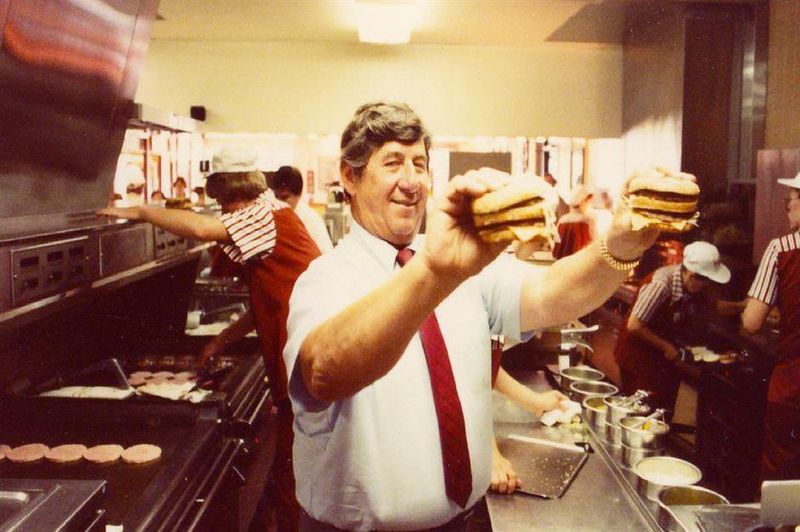
In 1967, nestled in Uniontown, Pennsylvania, the very first Big Mac hit the McDonald’s menu for a modest $0.45. Created by franchisee Jim Delligatti, this double-patty, triple-bun marvel was more than a new menu item—it was a revolution in fast food.
At the time, you could buy a gallon of gas for around 33 cents, making the Big Mac a filling meal for spare change. It was an era of jukeboxes, moon landings, and drive-in diners—and the Big Mac fit right in. By the end of the decade, its popularity was booming, and it was already becoming an American staple.
2. 1970s: A Decade of Growth
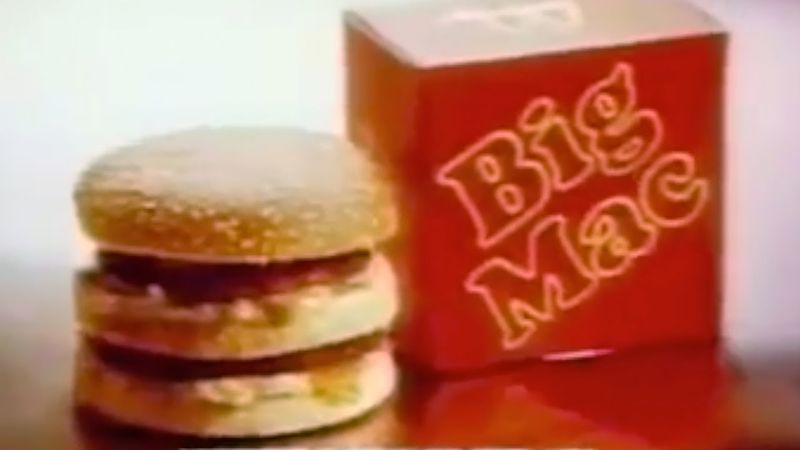
As bell-bottoms and disco fever swept the nation, so did the Big Mac’s fame. By the early 1970s, the price crept up to around $0.65—a noticeable jump from its original tag. Still, in a world where inflation and gas shortages loomed, the Big Mac remained a reliable comfort. The sandwich now had its own jingle (“Two all-beef patties…”), helping it become a household name. McDonald’s expanded rapidly in this era, and with it, so did the Big Mac’s reach. Even as prices edged upward, customers kept lining up, proving that this burger had serious staying power through shifting times.
3. 1980s: Breaking the Buck
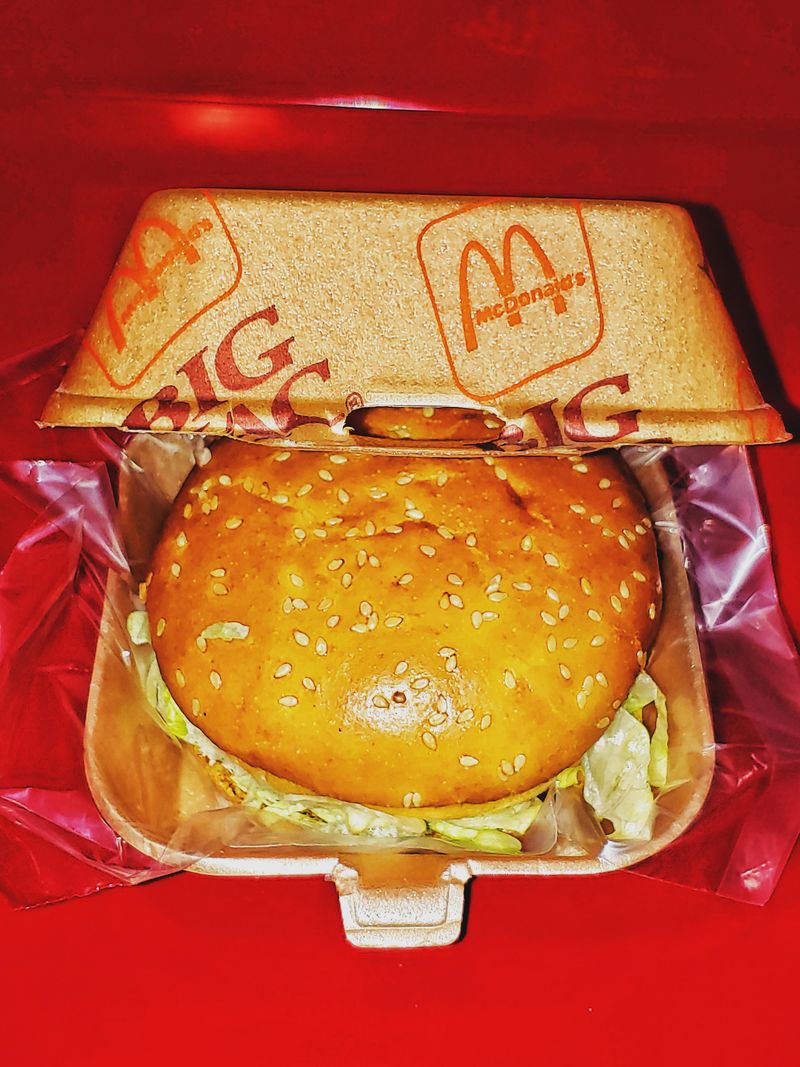
Welcome to the decade of shoulder pads, synthesizers, and supersizing. By 1980, the Big Mac had officially crossed the one-dollar mark, clocking in at about $1.60. It was still a solid deal for a full sandwich, but that price hike reflected a larger trend: fast food wasn’t as dirt-cheap as it used to be.
Inflation, changing food costs, and a new era of marketing transformed the Big Mac from a budget meal to a slightly more premium treat. Even so, its appeal didn’t fade. In fact, the 1980s helped cement the Big Mac as a pop culture and economic icon.
4. 1990s: Global Expansion
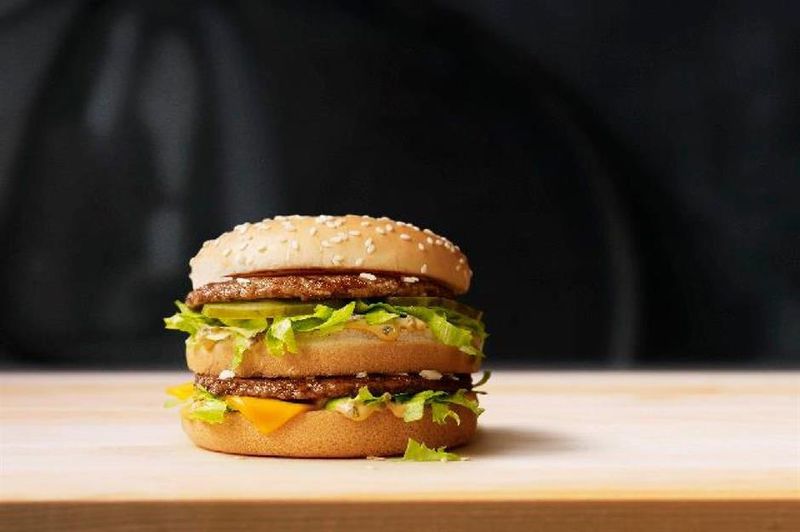
By the time grunge and dial-up internet entered the scene, the Big Mac was holding strong at about $2.45. Fast food was evolving—menus grew, portion sizes ballooned, and the Value Meal made its grand debut. The Big Mac’s price reflected a more competitive market and an increasingly global McDonald’s empire.
Though still considered affordable, the days of sub-$1 burgers were firmly behind us. This was also the decade the “Big Mac Index” gained traction—an offbeat way for economists to compare purchasing power across countries. In other words, the Big Mac was no longer just food—it was financial data with sesame seeds.
5. 2000s: Steady Prices, Changing Times
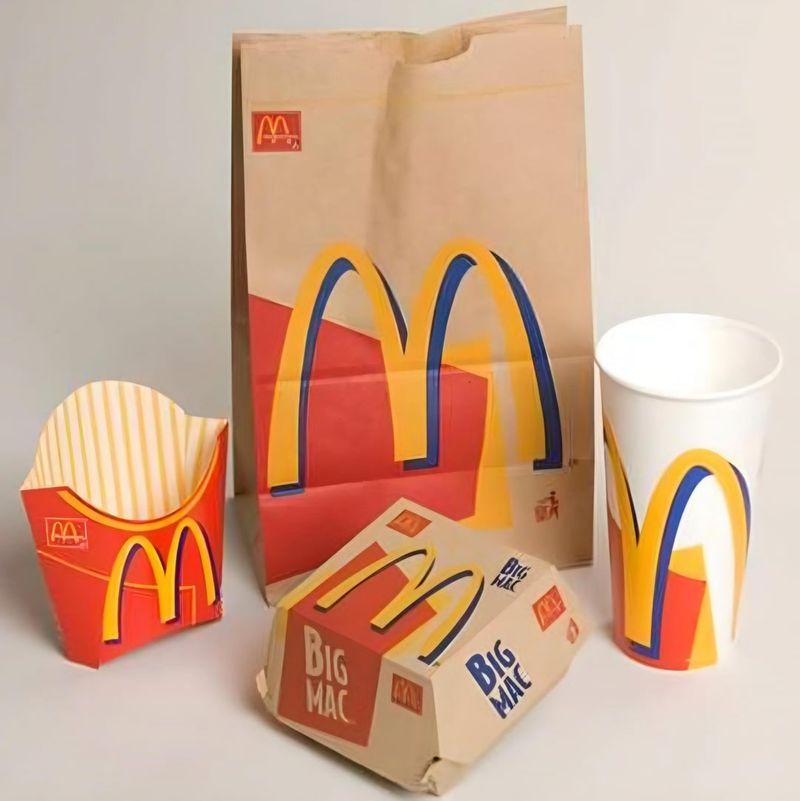
Entering the new millennium, the Big Mac found a relatively calm spot on the pricing rollercoaster. Around 2002, the burger hovered at $2.39—just a hair under its 1990s cost. It was a rare moment of price stability in the ever-changing world of fast food. This era also marked McDonald’s push for modernization, with sleeker interiors, salads on the menu, and the birth of “I’m Lovin’ It.” Despite all that change, the Big Mac remained a nostalgic constant. Whether you grabbed it through a drive-thru or dined under golden arches, it still offered a comforting bite at a familiar price point.
6. 2010s: The Era of Value
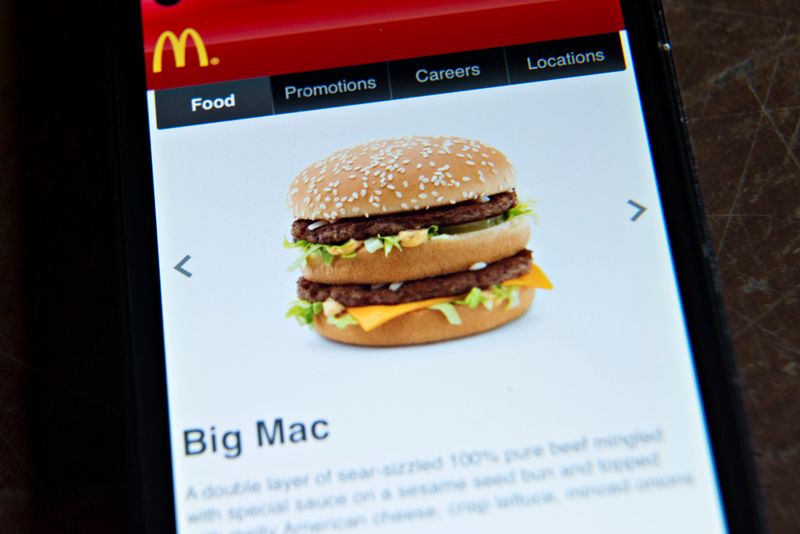
As foodie culture exploded and fast-casual chains began challenging traditional fast food, the Big Mac held its ground—but at a price. By 2010, it averaged $4.75, signaling its shift from a cheap indulgence to something a little closer to premium.
McDonald’s introduced new variations like the Grand Mac, appealing to bigger appetites and burger fans chasing bold flavors. The 2010s also saw digital ordering, delivery services, and app-only deals—modern conveniences that came at a cost. The Big Mac’s price hike was more than inflation—it was about adapting to a new era of fast food expectations and customer experience.
7. 2020s: Gourmet Inflation
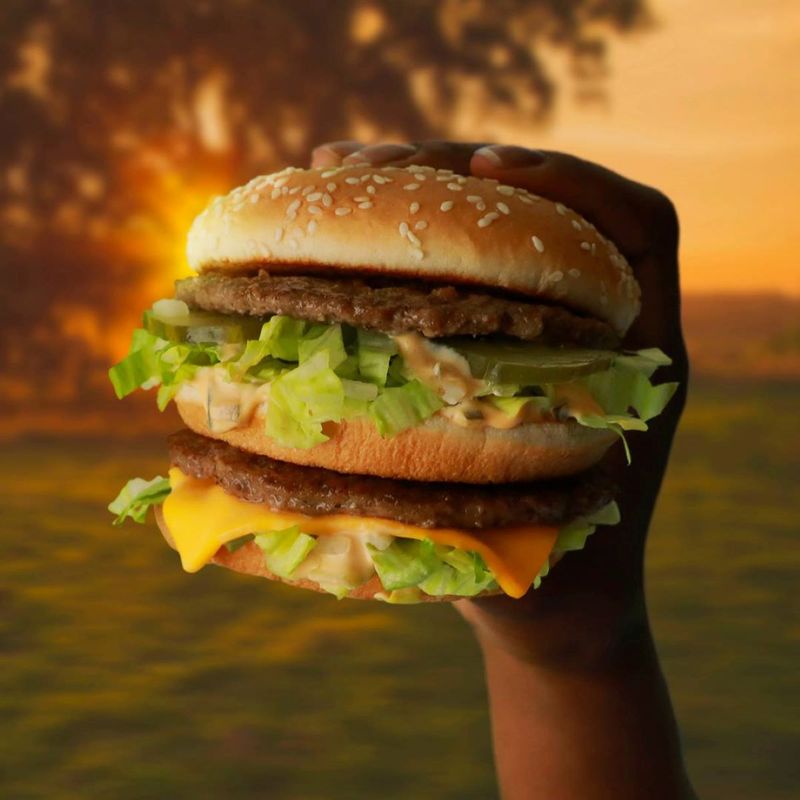
he 2020s brought a whirlwind of change—pandemics, supply chain disruptions, labor shortages—and the Big Mac didn’t escape untouched. As prices rose across the board, the average cost of a Big Mac reached $6.32 by 2020. For many, this iconic sandwich symbolized how everyday items were becoming noticeably more expensive. Still, the Big Mac retained its fan base, even as affordability became more relative. Some locations saw prices spike higher, especially in urban centers. Yet for others, loyalty deals and meal bundles kept the burger within reach. Through all the chaos, the Big Mac remained a familiar comfort on an unfamiliar menu.
8. Today: A New Era Begins
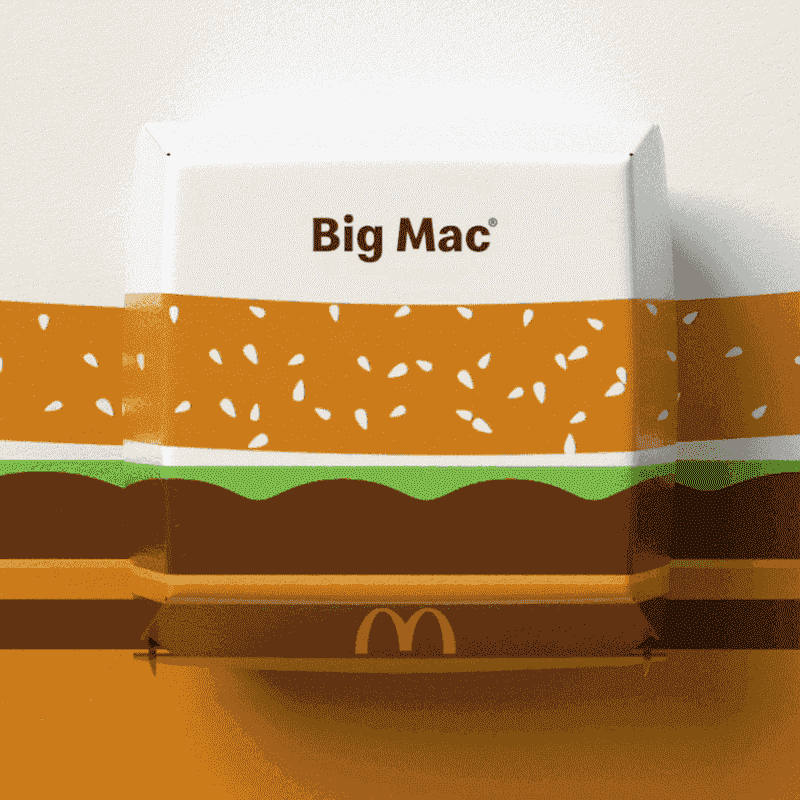
In an unexpected twist, today’s Big Mac is a little less expensive than its 2020 peak, now averaging around $5.99. While still far from its humble beginnings, this slight dip reflects McDonald’s efforts to stabilize prices amid economic uncertainty.
Regional pricing and promotions vary, but the Big Mac remains one of the most instantly recognizable items in the fast food world. With new generations discovering it through TikTok hacks and nostalgic parents reliving childhood meals, the Big Mac continues to bridge generations. It’s more than a burger—it’s a symbol of American culture that’s stayed relevant through flavor and familiarity.
Leave a comment